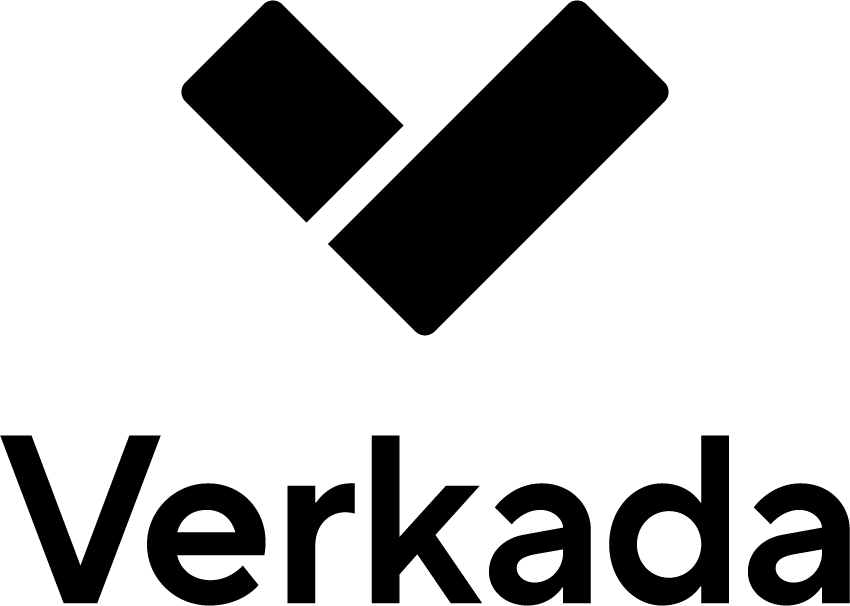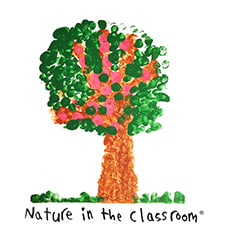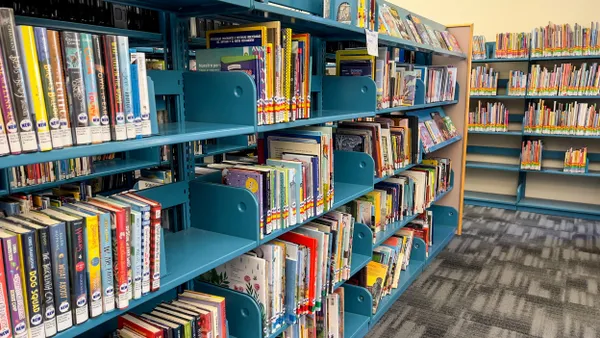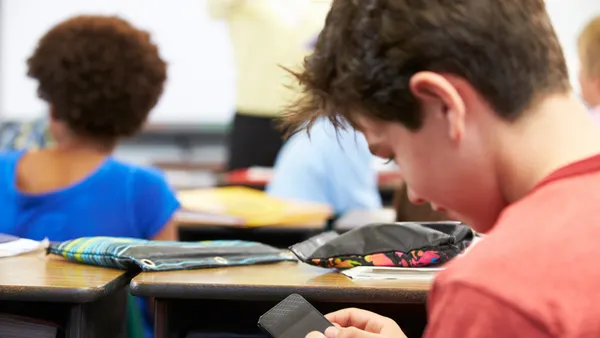Dive Brief:
- Policies supportive of high-quality assessments, flexible scheduling, professional learning and community partnerships could help boost literacy skills in middle schoolers, according to a report from NWEA, a K-12 assessment and research organization.
- While students and teachers face a literacy crisis across all grade levels, most literacy initiatives tackle early, foundational literacy for younger students. The NWEA report highlights the importance of addressing the unique needs of middle school readers through policy, as well.
- “When we're talking about adolescent learners, we have to consider the brain development a little bit differently,” said Vanée Smith-Matsalia, a demonstration teacher program specialist at San Bernardino County Unified School District in California. “They are teenagers. They are not the same as small children. Even if they are reading at a K-1 level, they cannot be treated as such.”
Dive Insight:
Literacy instruction for adolescent learners differs from early childhood because of the emphasis on context and comprehension, explained Smith-Matsalia, who spent 13 years teaching middle school English.
She noted that while middle school literacy still involves the foundational pieces like fluency and phonics, there also needs to be a main focus on the recognition of word knowledge.
Adolescents are also facing a transitional period in their life, and as Chad Soupir, principal of Elkhorn Valley View Middle School in Nebraska, puts it, middle school is where teens begin to notice what makes them different. Soupir said being behind in reading can lead to students feeling like they’re not smart, which in turn can lead to behavioral issues.
That’s why at his school, the reading intervention class is known as “study hall.” They’ve also opted for larger print books, so a reading recovery student’s book — which might be shorter in content — does not look too different from the chapter books a peer might be reading.
“We're trying so hard to break down some of those social norms that our kids face with belonging while still giving them materials they need to become better,” Soupir said.
The NWEA report lists various elements that can guide policy and practice to address the middle school reading crisis. The first focuses on ensuring that literacy assessments for middle schoolers are comprehensive, grade-appropriate and provide data about students' literacy needs.
The report noted that because middle school assessments tend to focus on comprehension, students’ reading struggles often come up as comprehension issues when there are other factors that could potentially be driving this such as limited vocabulary.
The report also highlighted the importance of supporting literacy instruction in all subjects and disciplines. To achieve this, NWEA recommends investing in high-quality teacher professional learning across all grade levels and subjects, and having this be a requirement in any state literacy plans.
Sarah Bonner, an assistant professor of middle grades education and literacy at the University of North Carolina, Wilmington, underscores the importance of going beyond the English language arts classroom. She teaches pre-service teachers and explained that in one of her literacy classes, she walks teachers from all disciplines — math, science, social studies and even P.E. — through how to incorporate literacy into their classes.
“One of the things that I really touch on with pre-service teachers is that right now, it's about rewiring how we think about literacy in the first place. There's a misconception that literacy is only housed in ELA, but that is not true,” Bonner said.
Relationship building is another factor to consider in policy-making. The report recommends that policymakers and district leaders promote partnerships that support literacy outcomes and encourage schools to provide after-school and third-space programming. Community partnerships in K-12 have been proven to enhance learning, because they connect teachers and students alike to resources that can strengthen general class curriculum.
Ultimately, when addressing middle school literacy recovery, Smith-Matsalia emphasized the importance of teaching reading as something fun and not as a punishment, especially for adolescent learners.
“We're teaching people, not standards. So you have to make it approachable to the person first,” she said.






 Dive Awards
Dive Awards





